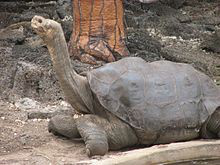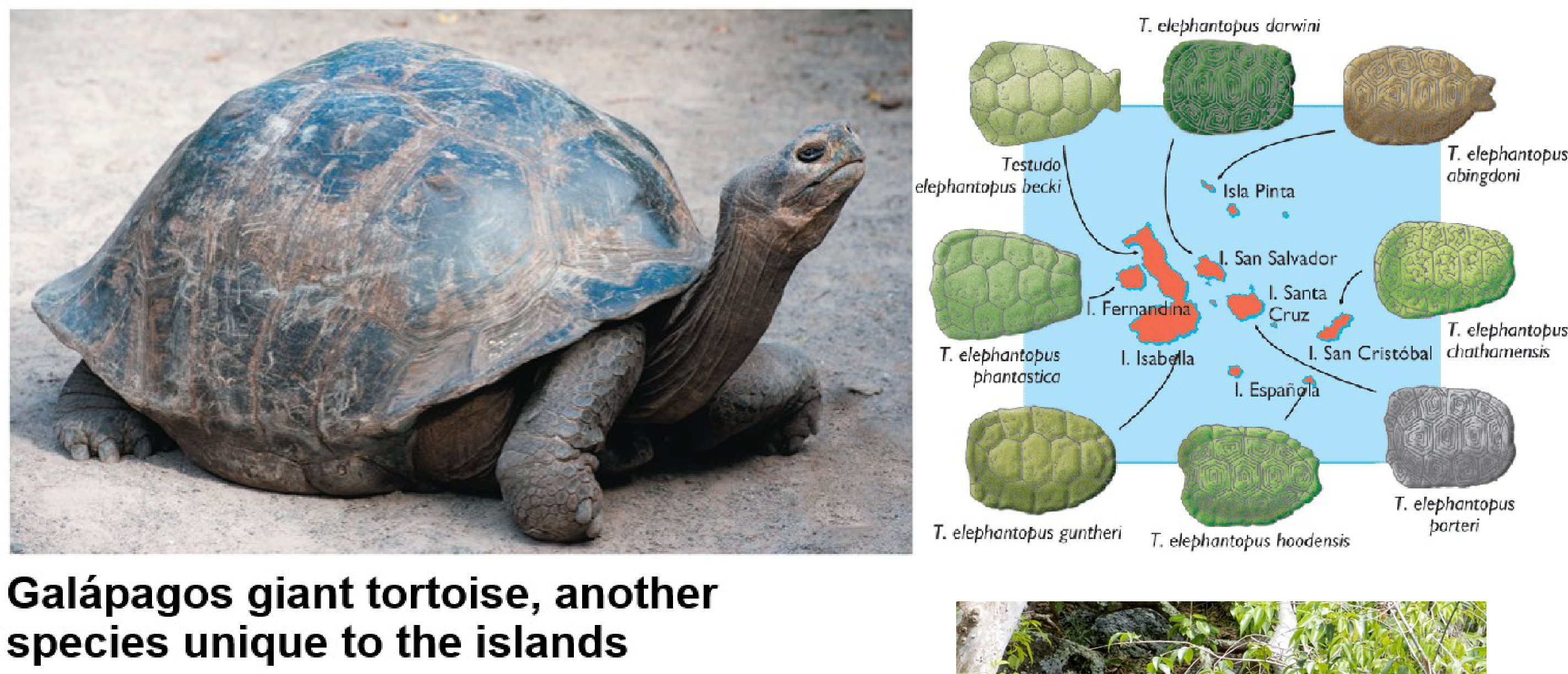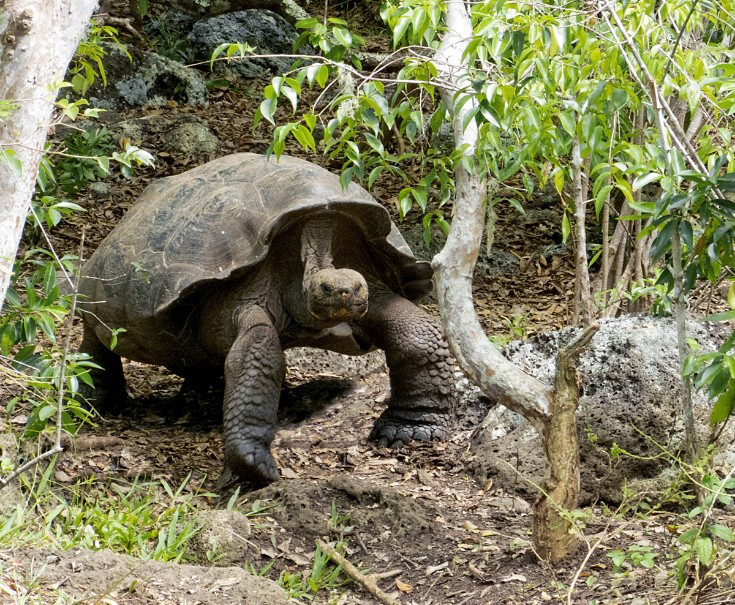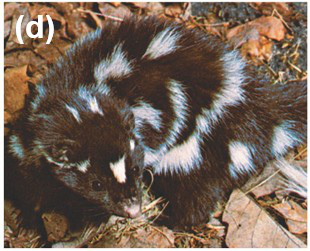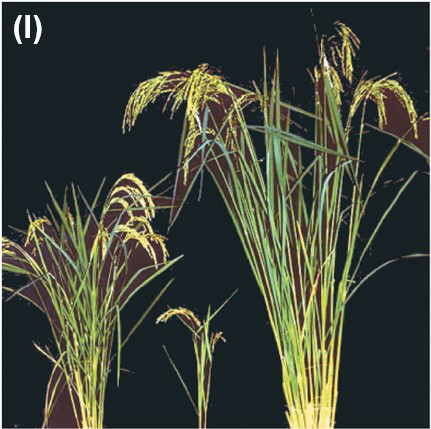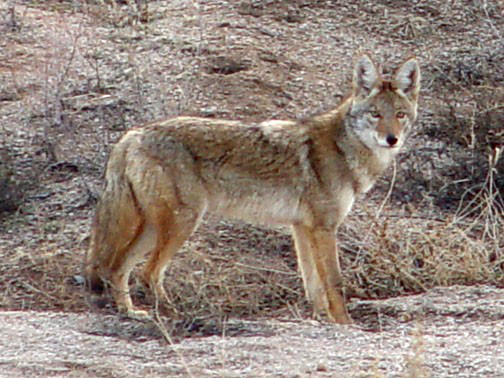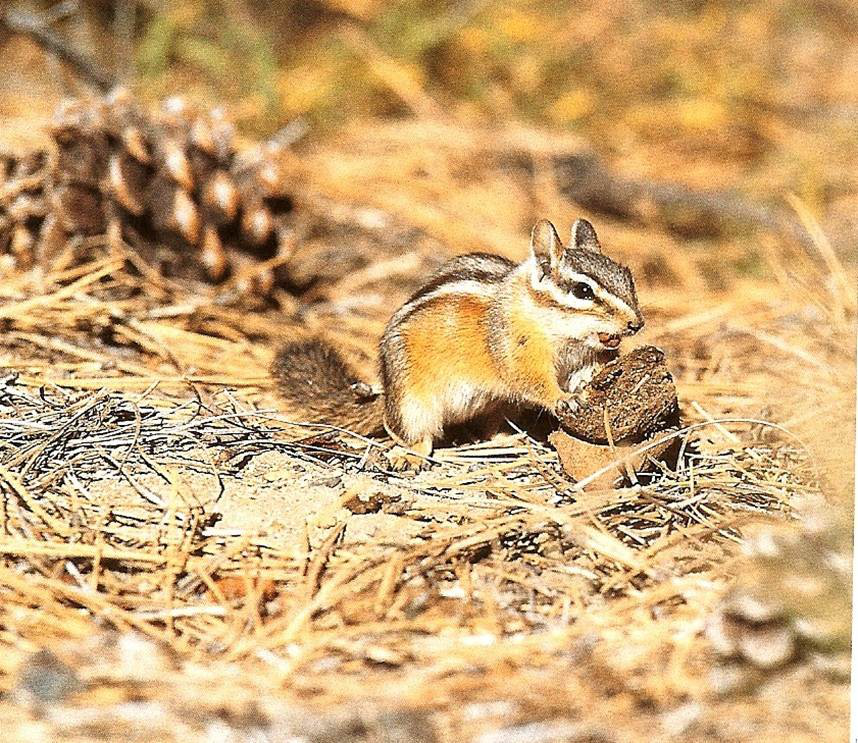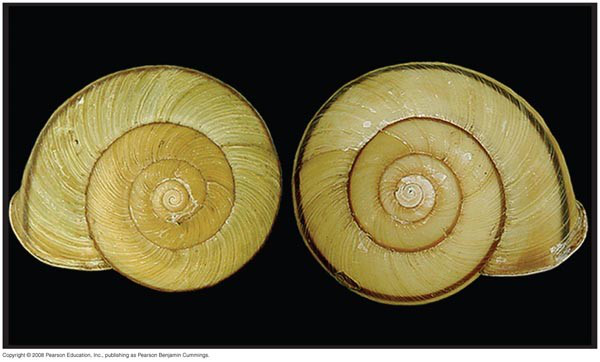Contiguous allopatrytwo species occupy distinct geographical ranges allopatry
That Mystery of Mysteries
| Figure 24.1 How did this Flightless Bird Come to Live on the Isolated Galápagos Islands? |
|---|
That Mystery of Mysteries
Speciation forms a conceptual bridge between microevolution and macroevolution.
What is a Species?
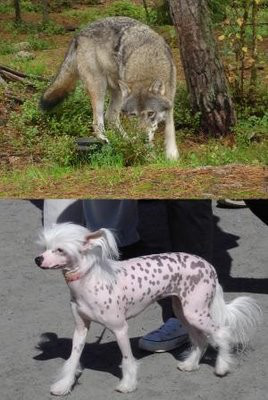

What is a Species?

Linnaeus originated the
morphological species
concept.
Problems arise:
◦ Male vs. Female
◦ Young vs. Adult
◦ Species which change depending on environment in which they are
found.◦ Species that change seasonally.
08:25
In the 20th century biologists
used the “biological species
concept.”According to this definition, we
assume that species are
separated by a “reproductive
isolating mechanism.”
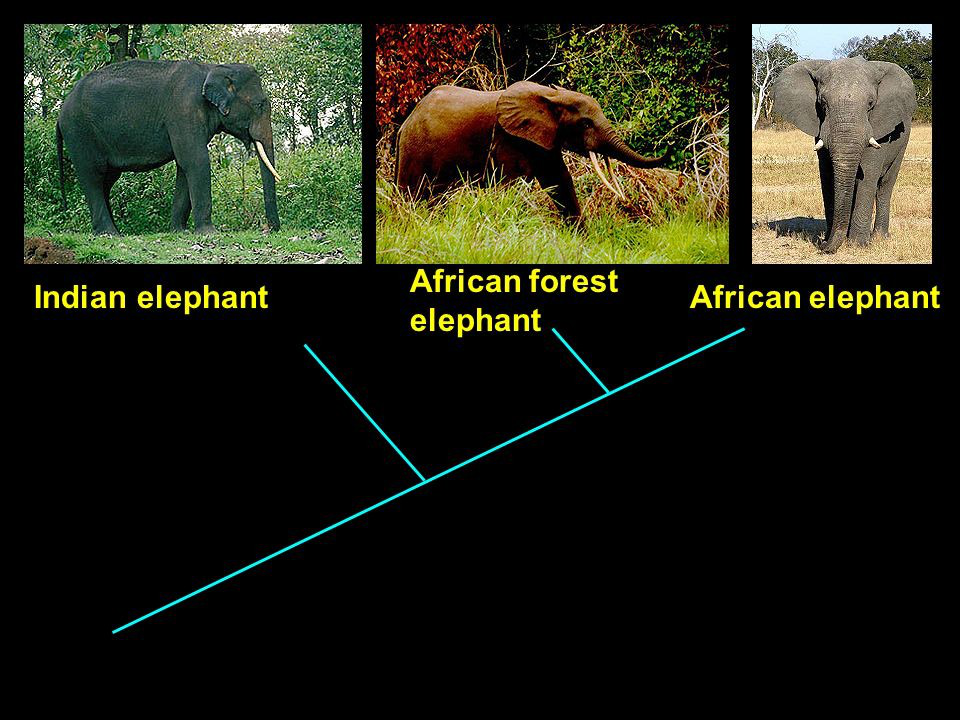
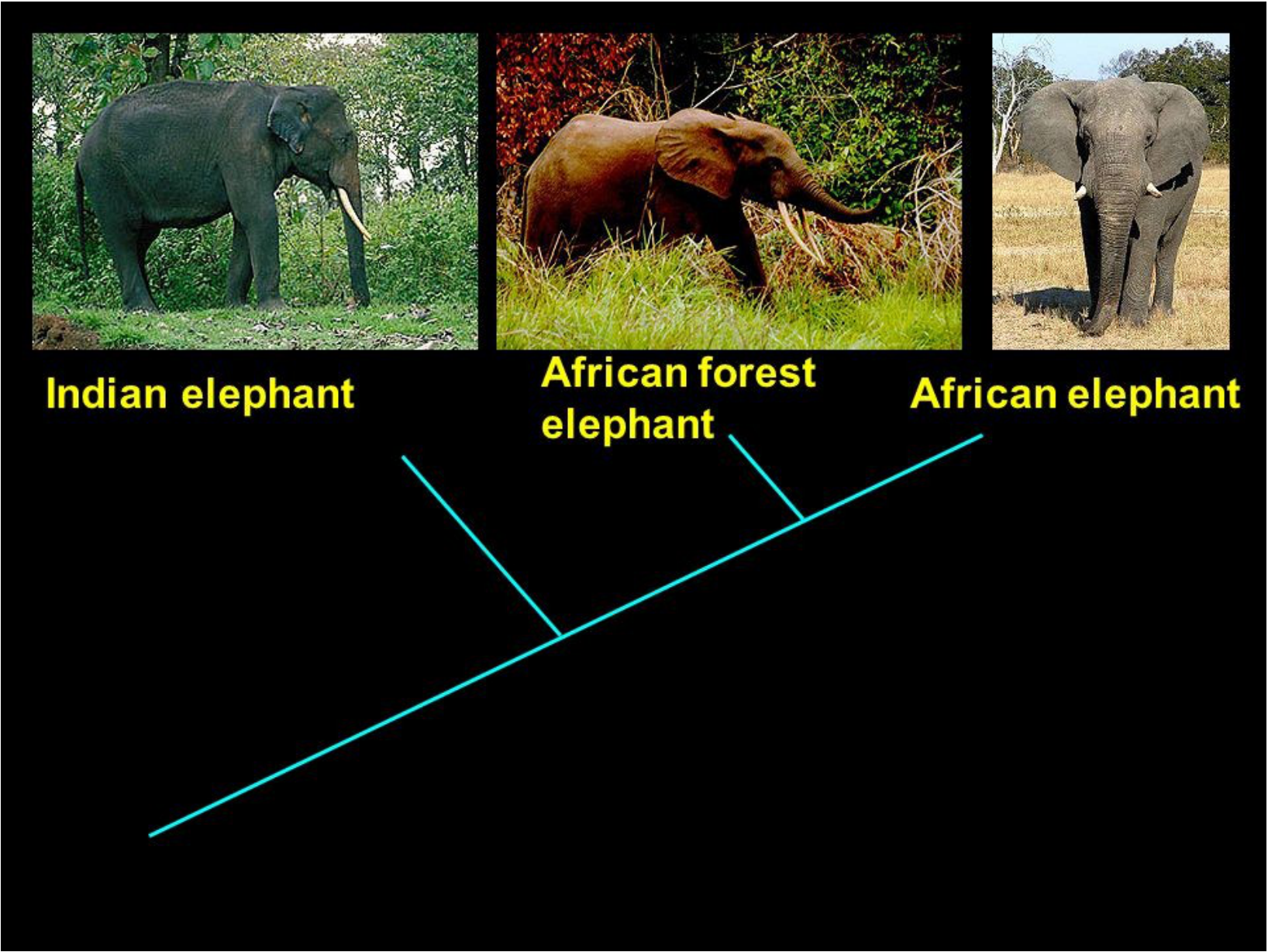
What is a
Species?
a) Similarity between different species
Reproductive
Isolation
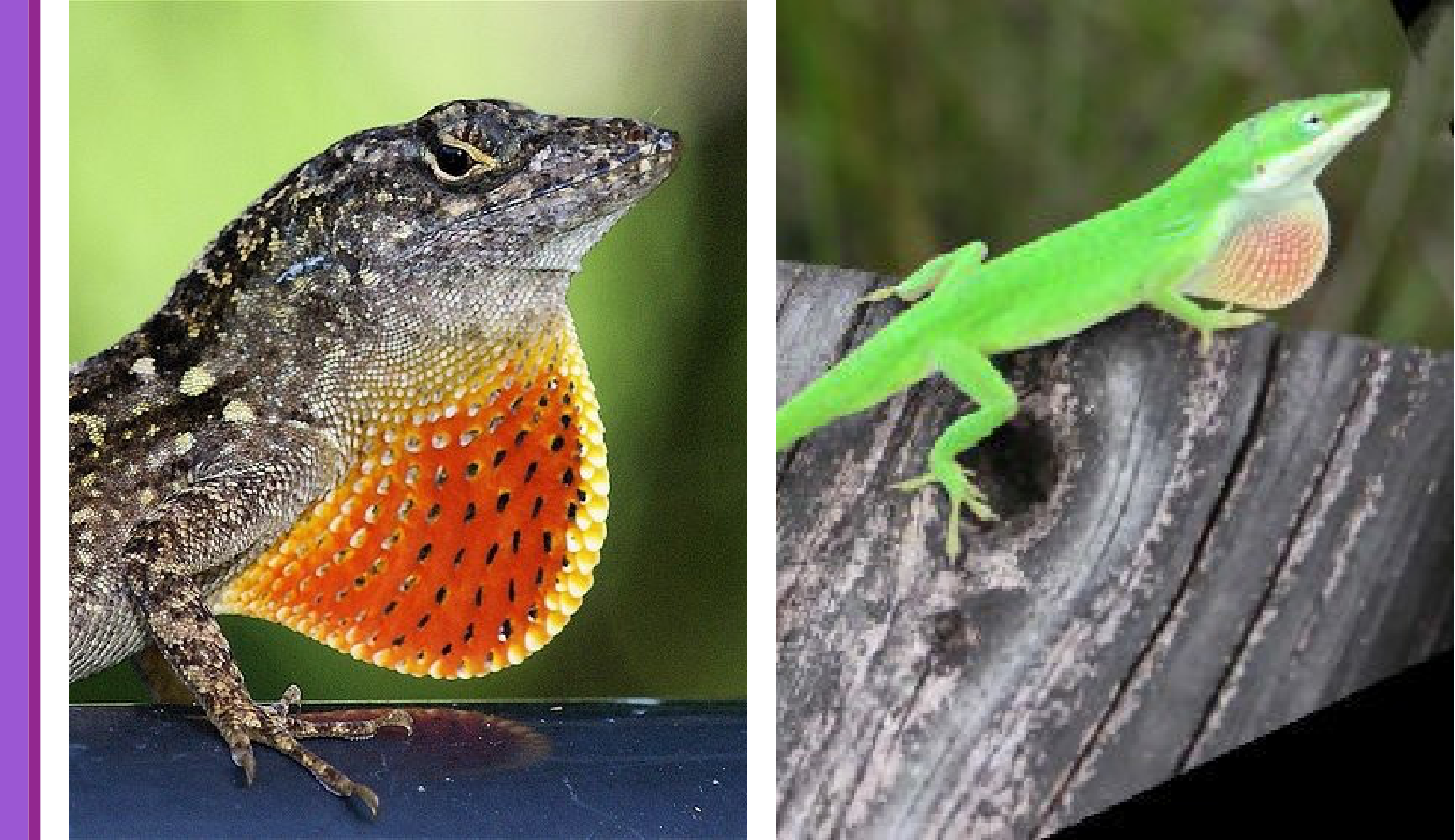
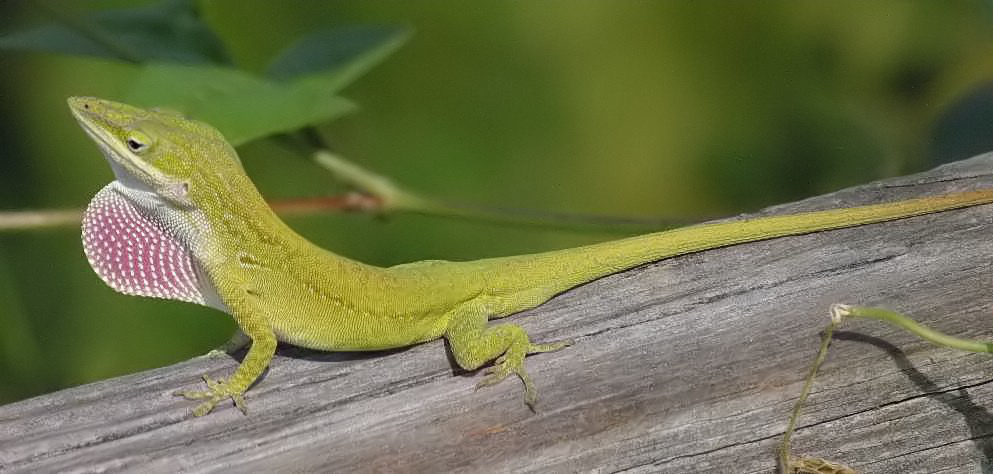
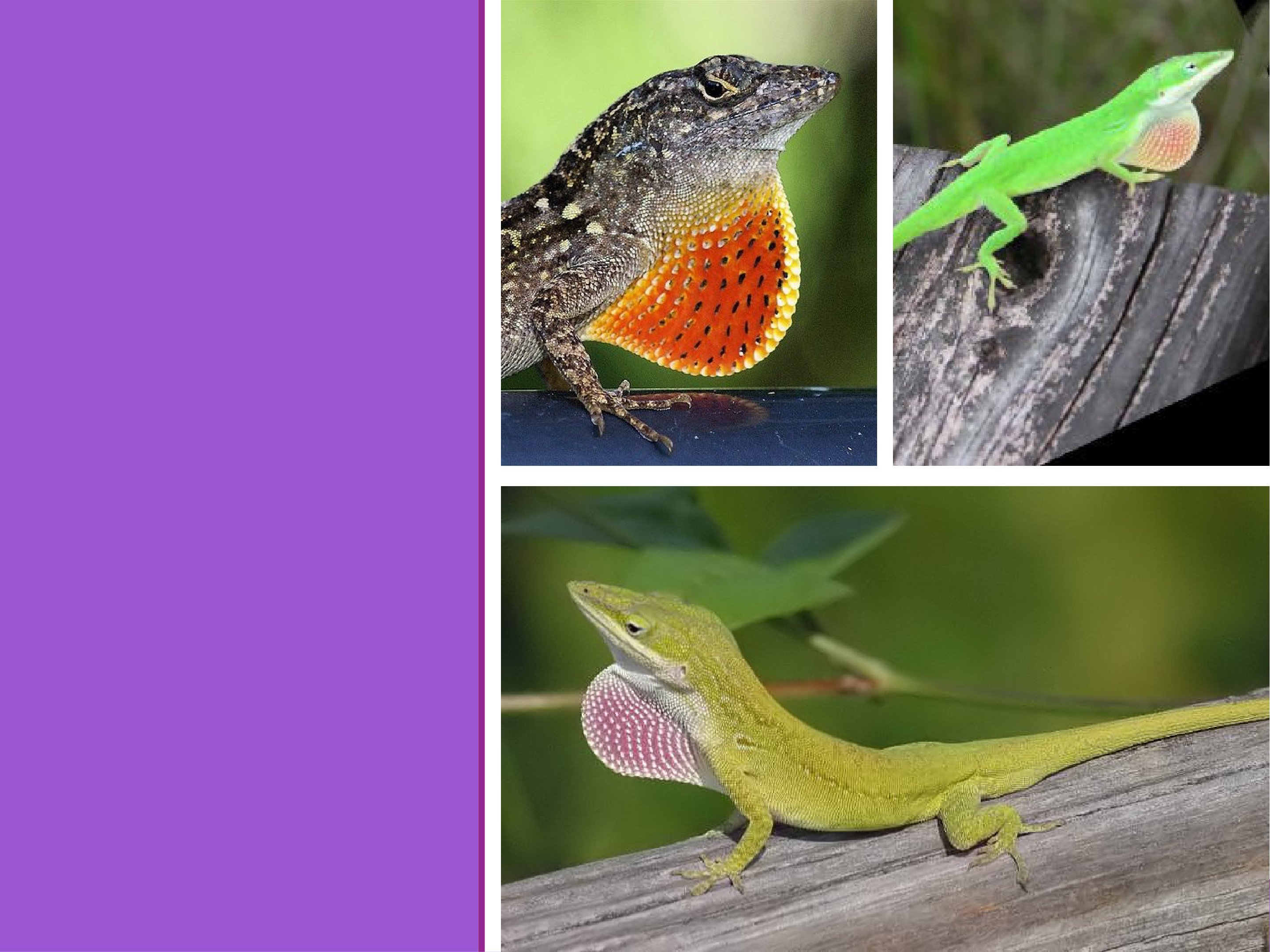
Reproducti
ve
Isolation
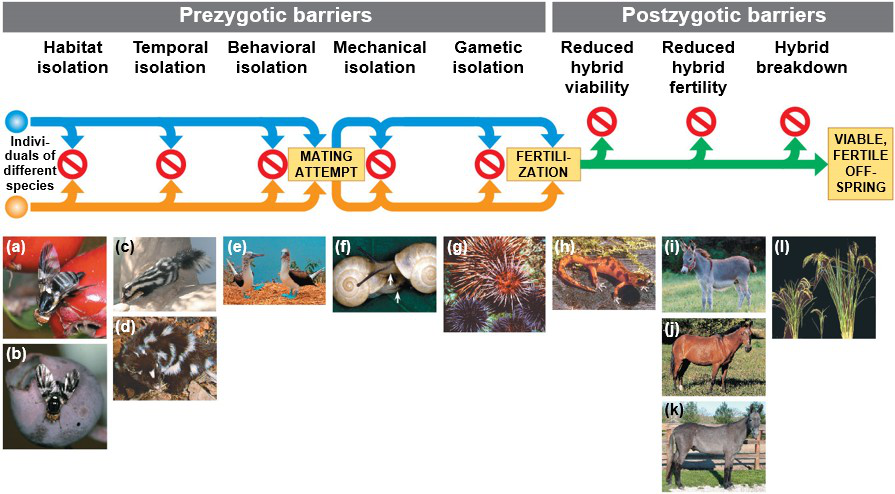
Part 1a: Hawthorns and Apples
Part 1b: Blueberries
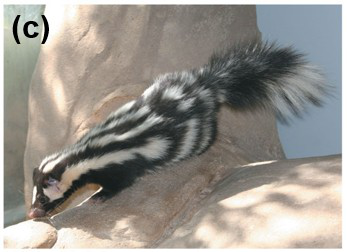
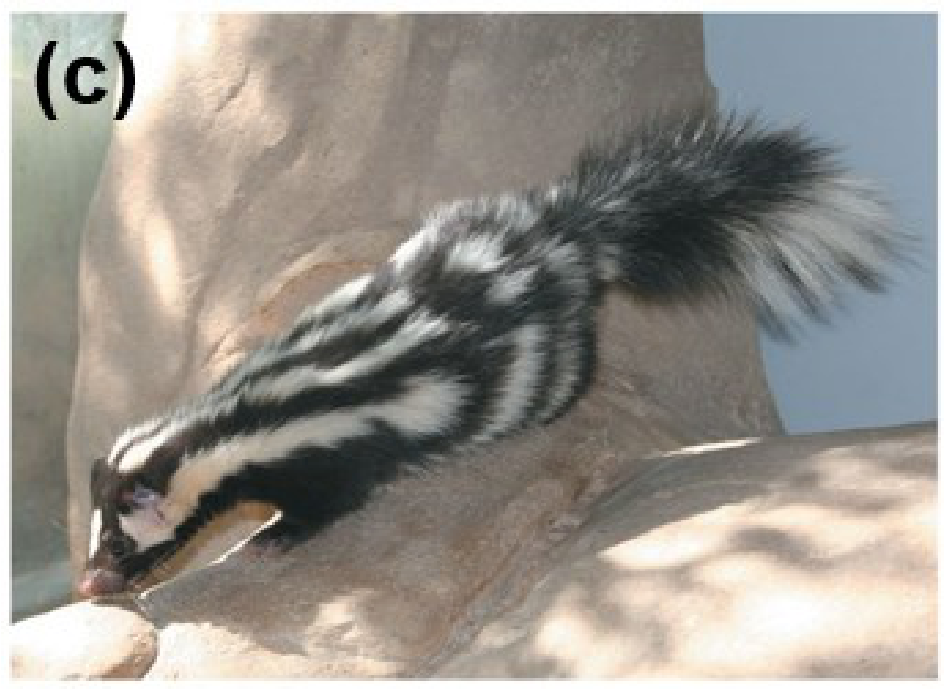
or different years cannot mix their gametes.

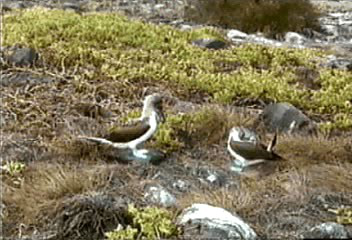


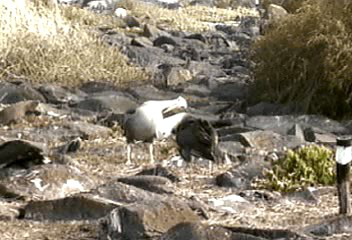
Reproductive Isolation
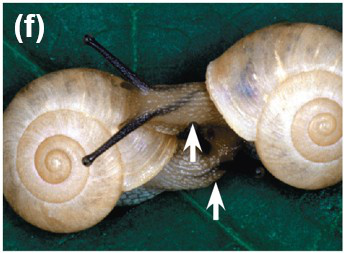




Reproductive Isolation
|
|---|
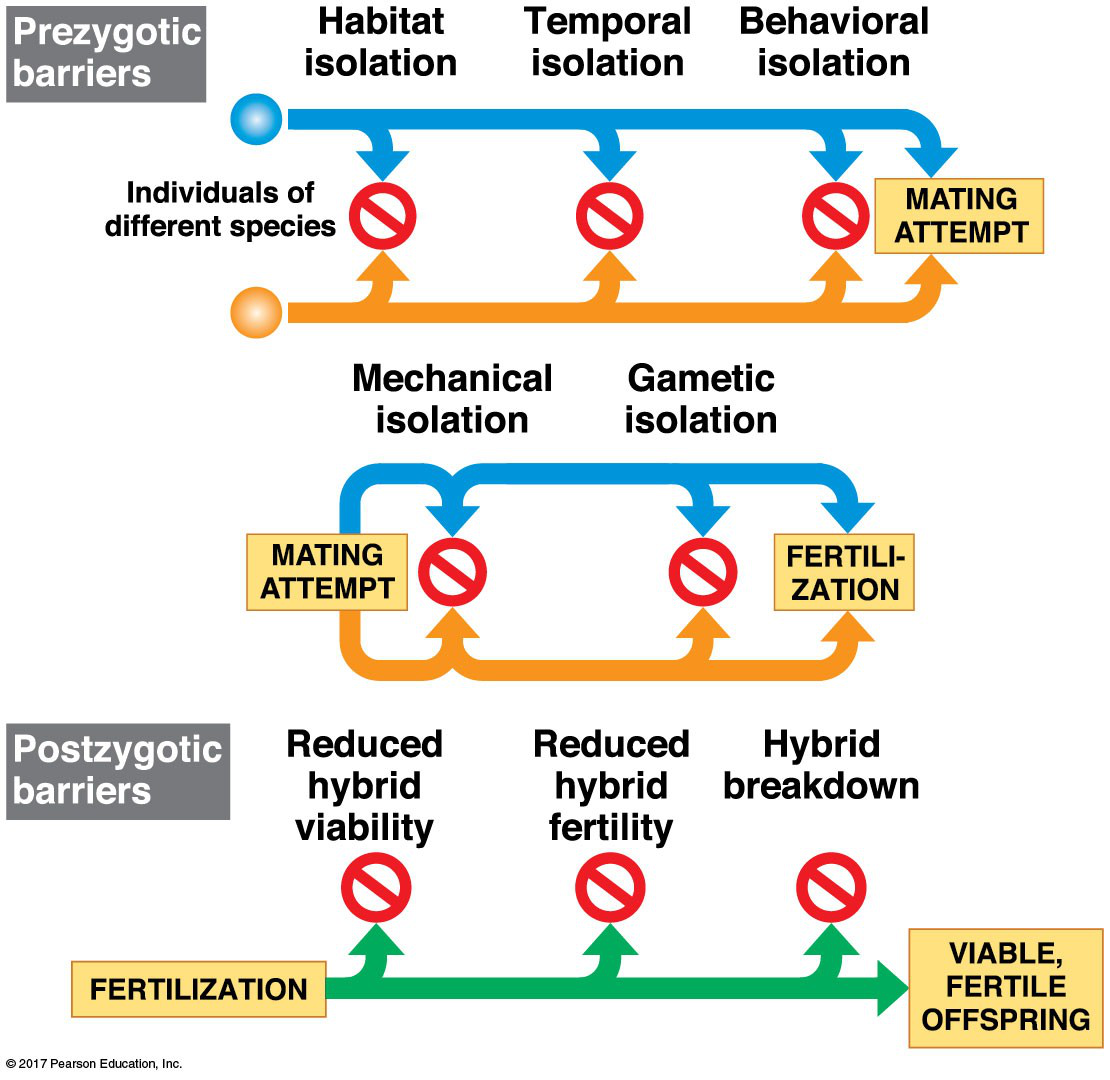








| Figure 24.3 Exploring Reproductive Barriers – Postzygotic Barriers |
|---|

The biological species concept cannot be
applied to fossils or asexual organisms
(including all prokaryotes).
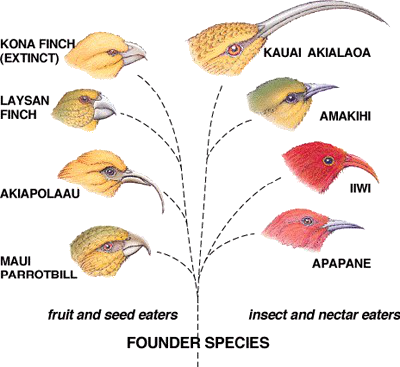
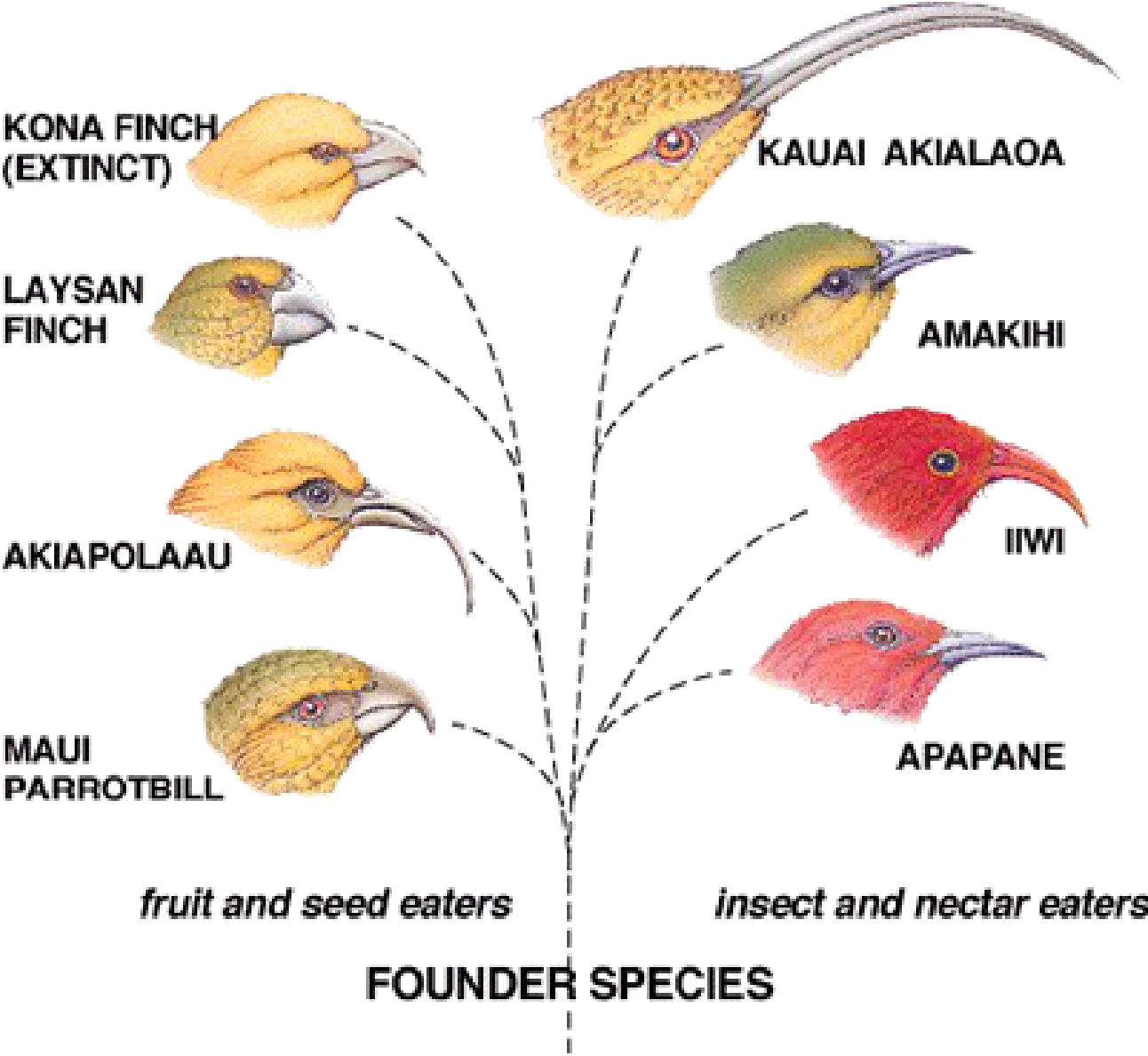
Other
Definitions of
Species

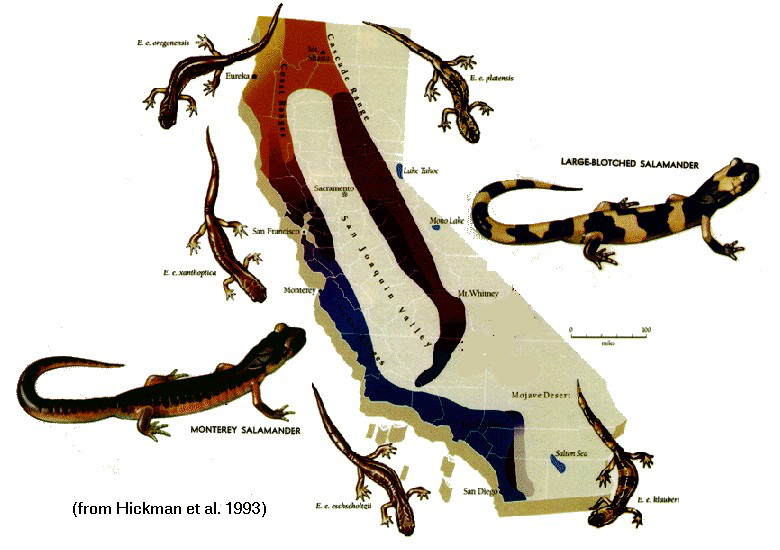
Many species definitions have
been proposed and the usefulness
of each depen.ds on the situation
and the research questions being
asked
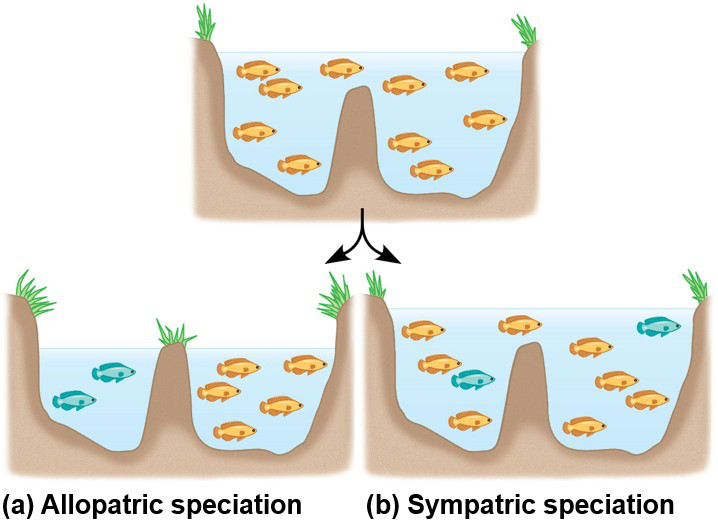
| 08:25 |
|---|
The resultant strengthening of pre zygotic barriers is known as reinforcement.
A population sharing enough similar genes is considered to be the same species.
|
|---|
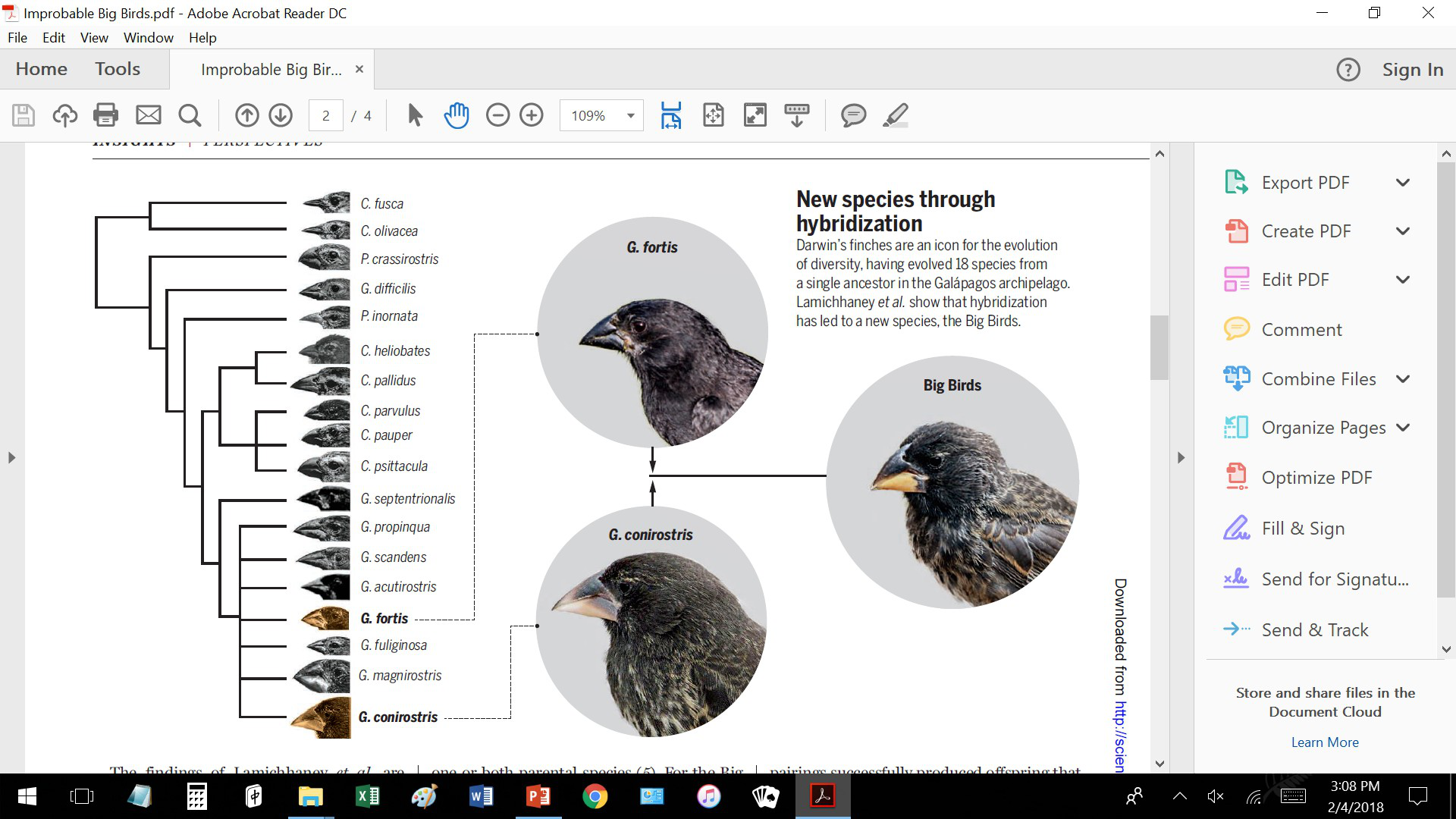

















Other Definitions of Species
Other Definitions of Species
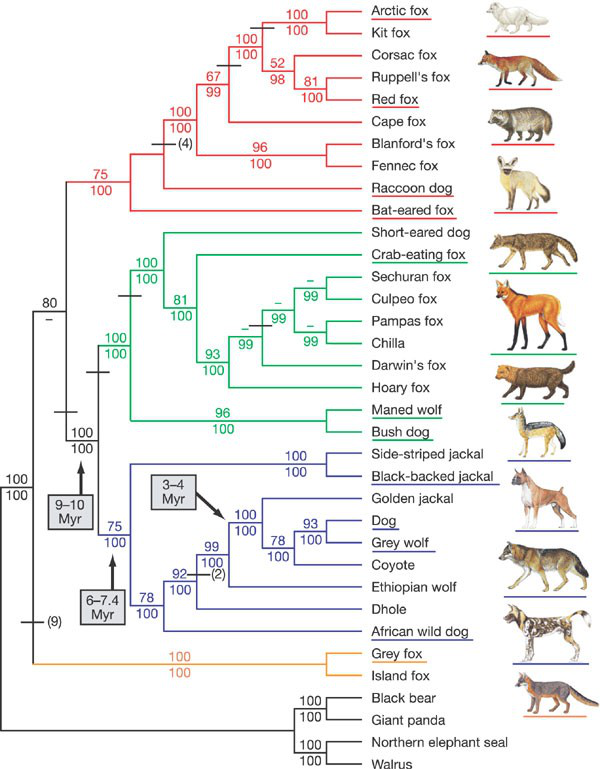





























|
|---|
Coyotes (Canis latrans), dogs and wolves are able to interbreed and regularly do so.
The number of breeds of dog are a testament to the genetic diversity of the dog family.
◦ A canyon may create a barrier for small rodents, but not birds, coyotes, or pollen.
Separated populations may evolve independently through mutation, natural selection, and genetic drift.
In allopatric speciation, gene flow is
interrupted or reduced when a population is divided into geographically isolated
subpopulations.◦ The flightless cormorant of the Galápagos likely originated from a flying species on the
mainland.
2. There is no gene flow between the two
3. Each population, though derived from the same gene pool, is genetically distinct due to finite (often small) population sizes resulting in sampling error.
The Allopatric Model of Speciation
7. Eventually, enough genetic changes accumulate such that, if the two populations are brought back into contact with one another, they are no longer able to interbreed and produce viable offspring.
different biological species.
|
|---|
Allopatric Speciation continues today: Channel Island Fox
The Gray Fox is smaller in
Channel Island Fox
(Urocyon littoralis)Environmental and ecological factors such as drought or food scarcity have contributed to natural selection for a smaller size. At 12 to 13 inches in height and 4 to 5 pounds, the
|
|---|
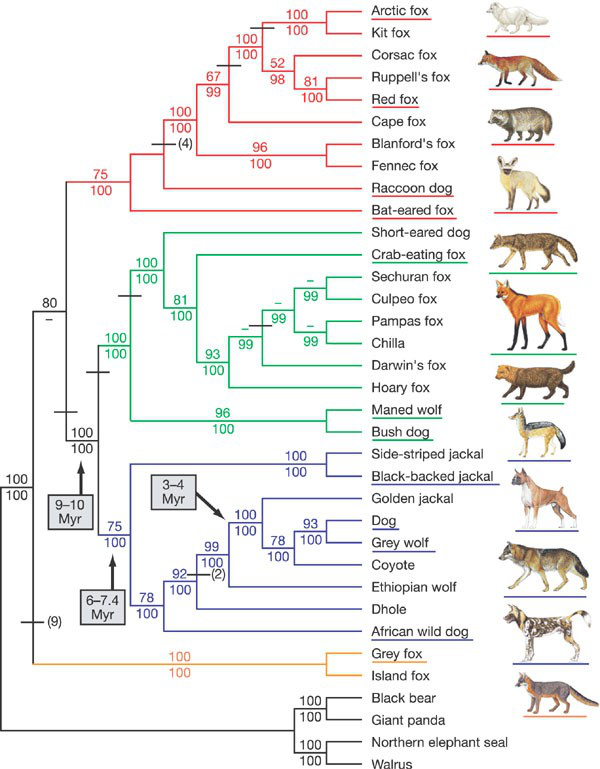
◦ Sister species of snapping shrimp
(Alpheus) diverged 3 to 9 million
years ago as they became
isolated by the formation of the
Isthmus of Panama.
| 08:25 |
|
|---|
areas are directly adjacent (contiguous) to each other.
Examples:
If other chipmunks are absent, the least chipmunk can occupy all elevations on the mountain.
Its fundamental niche includes the entire mountain.
Yellow-pine Chipmunk (Tamias amoenus)
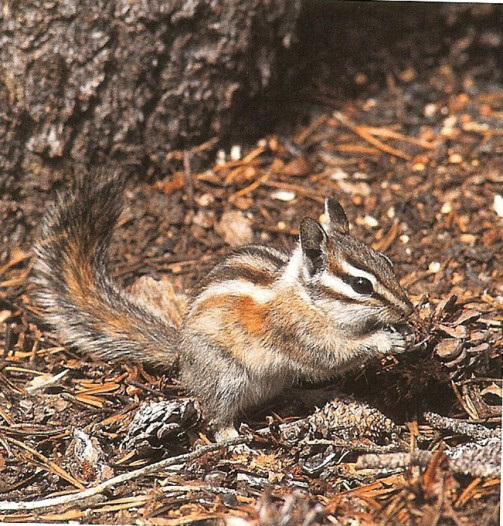
Lodgepole Chipmunk (Tamias speciosus)
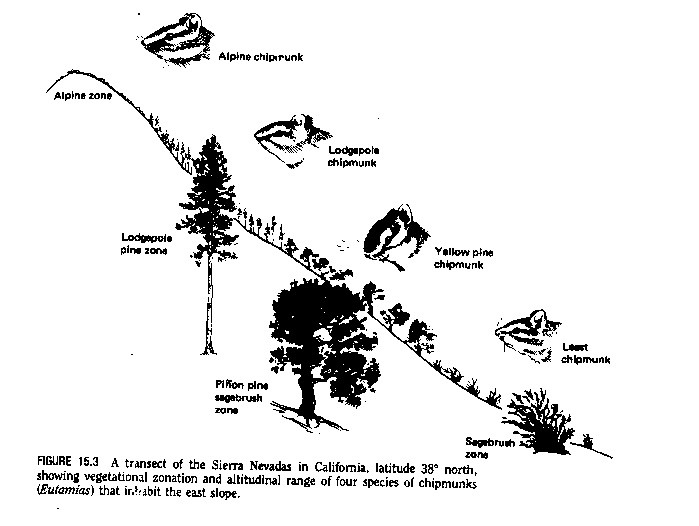
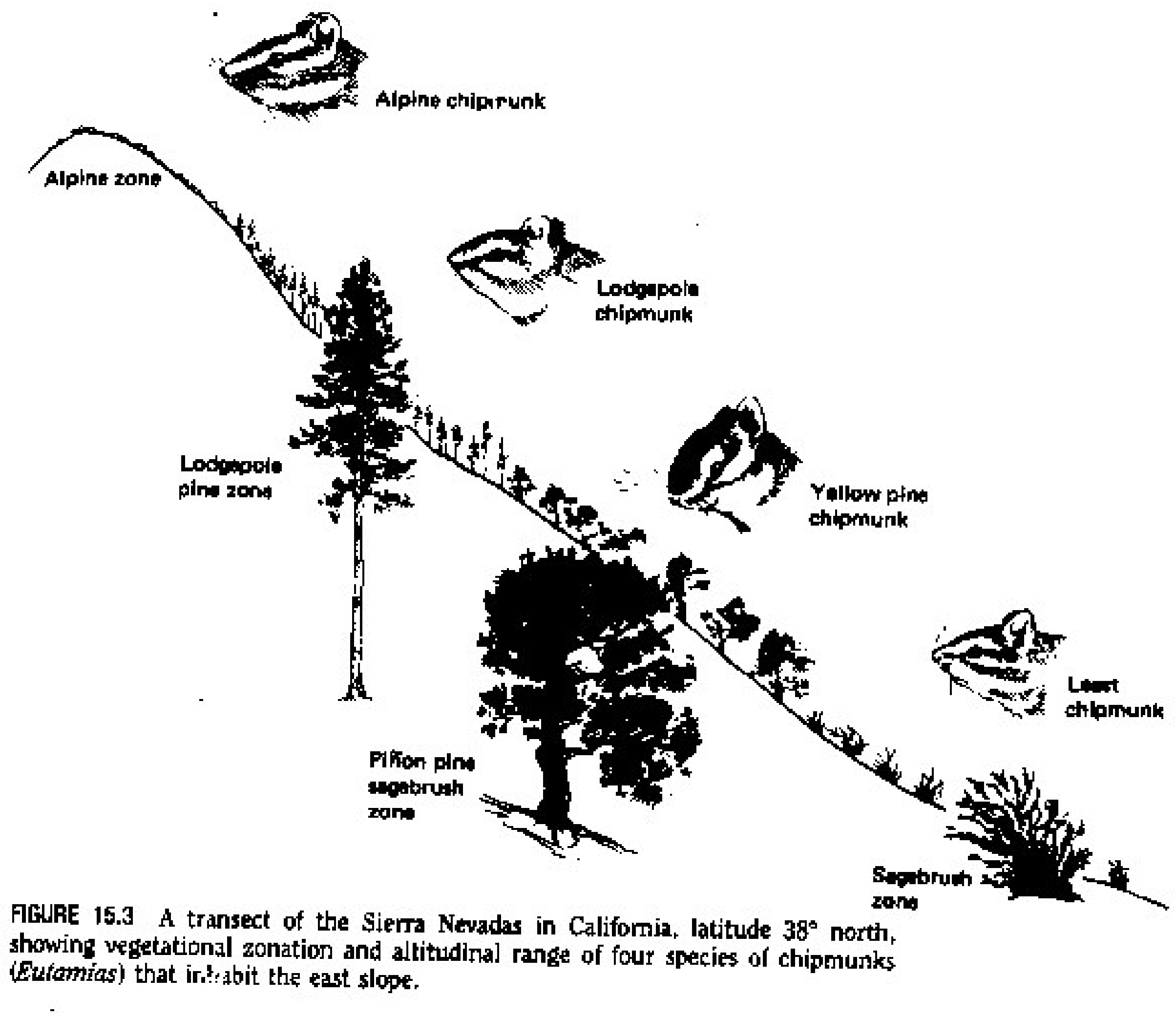
08:25
warblers Crateroscelis robusta and C. murina on the west ridge
of Mt. Karimui, New Guinea.
Fig. 6. Altitudinal ranges of
the warblers Crateroscelis
robusta and C. murina on
the west ridge of Mt.Karimui, New Guinea. On
the left, each mark
represents one individual
heard, seen, or collected at
the given altitude (the
paucity of records at 650
to 1050 m results from my
having spent little time at
this altitude). The right-
hand side gives the
relative abundance in the
whole avifauna-that is the
percentage of bird
individuals of all species
estimated as being C.
|
|---|
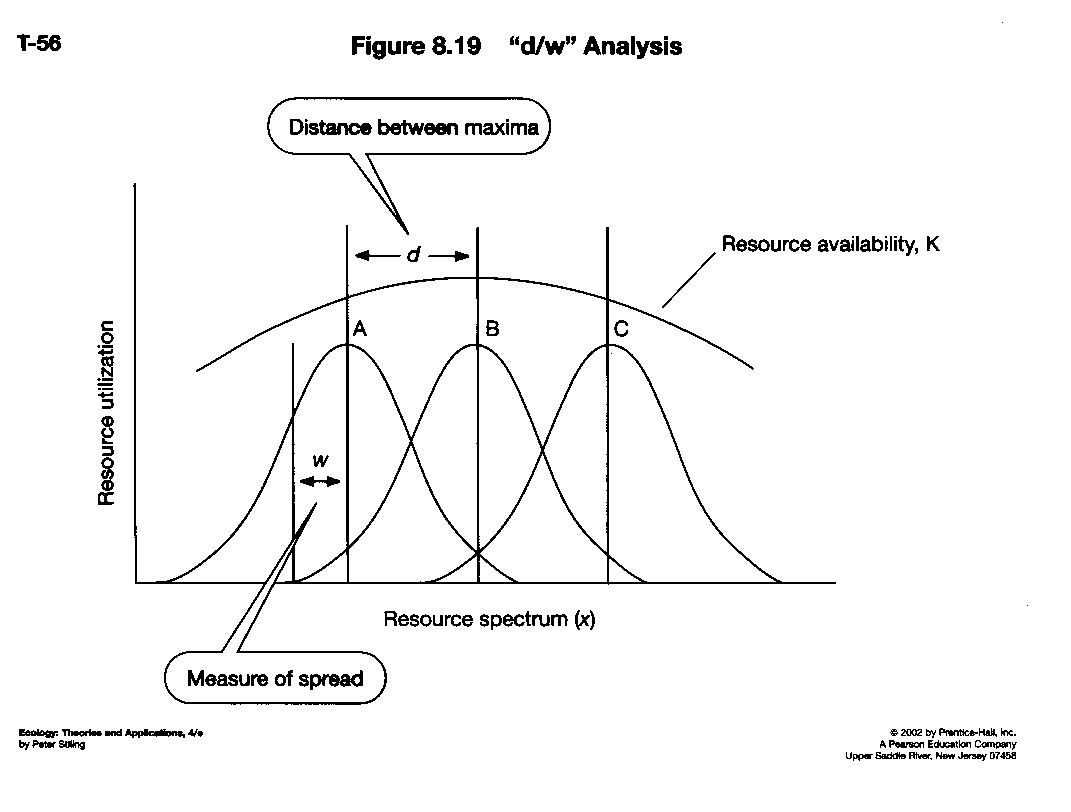
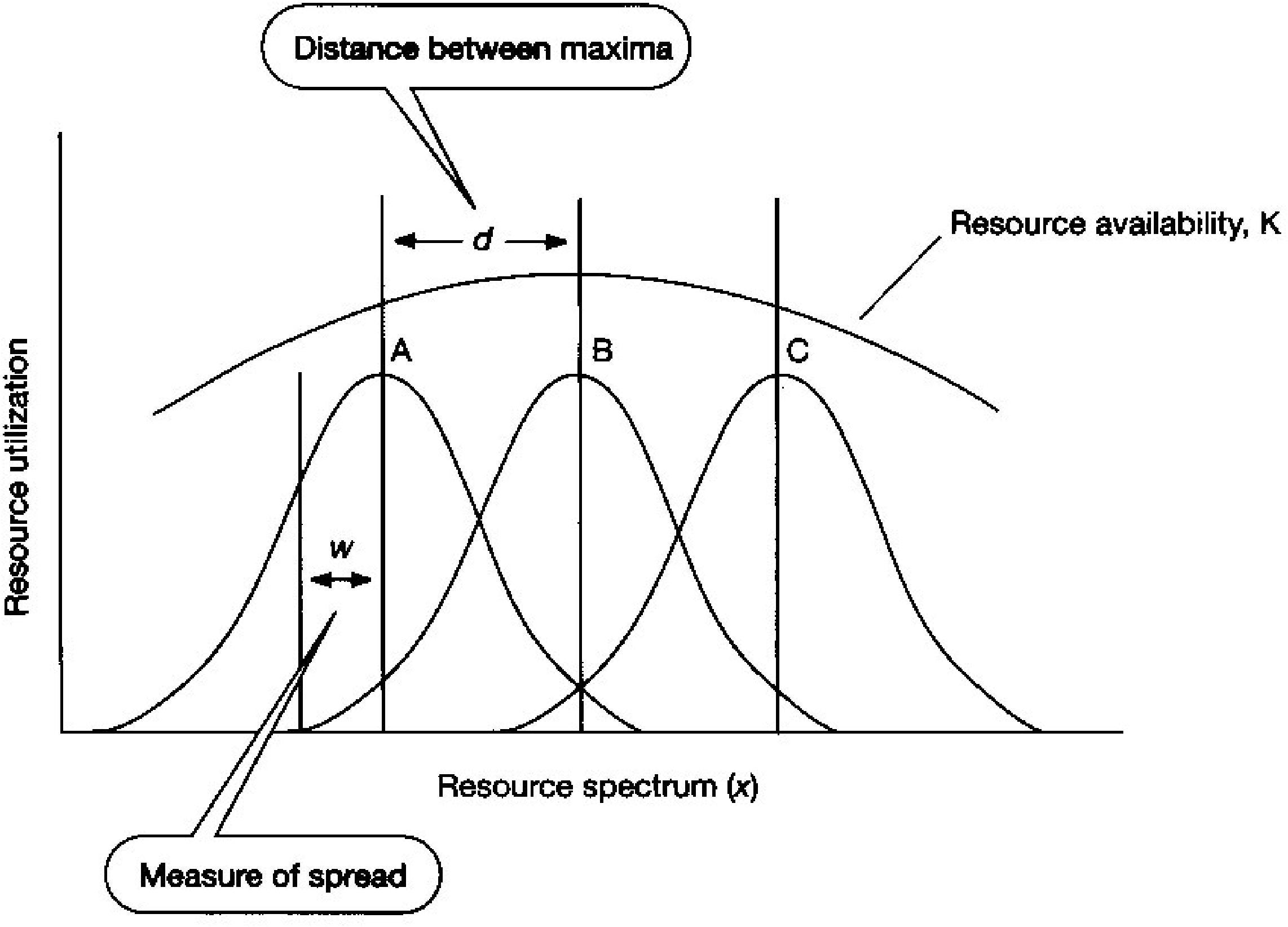
Schematic
representation
of niche
relations among
the eight
species of
Ptilislopus and
Ducula fruit
pigeons in New
Guinea lowland
rain forest
(Diamond
1973).08:25
Sympatric Speciation
◦ Sexual selection
◦ Habitat differentiation
division.
At least five new plant species
have originated by polyploid
speciation since 1850.

Many important crops
(strawberries, oats,
cotton, potatoes,
tobacco, and wheat)
are polyploids.
Sexual selection can drive sympatric speciation.
Sexual selection for mates of different colors has likely contributed to speciation in cichlid fish in Lake Victoria.
◦ Flies that use different host species experience both habitat and temporal isolation.
◦ Until mid 1800s they laid their eggs on the fruits of hawthorn trees, which are members of the rose family.
After apple trees
were introduced,
which are also
members of the Rose
family, maggot flies
began laying their
eggs on apples.
Sympatric Speciation
Review: Allopatric and Sympatric Speciation
In sympatric speciation, a reproductive barrier isolates a subset of a population without geographic separation from the parent species.
◦ Sympatric speciation can result from polyploidy, natural selection, or sexual selection.
Hybrids are the result of mating between species with incomplete reproductive barriers.
A hybrid zone can occur in a single band where adjacent species meet.
Patterns Within Hybrid Zones
Patterns Within Hybrid Zones
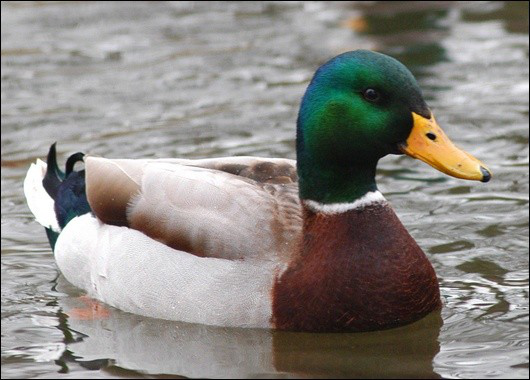
|
|---|
◦ The hybrid zone between black-
capped and Carolina chickadees
has shifted northward in
response to climate change.Black-capped chickadee Carolina chickadee

Change in environmental conditions can
◦ The species range of southern flying squirrels now overlaps with that of the northern flying squirrel.
Hybrid Zones
◦ Fusion
◦ Stability
When hybrids are less fit than parent species, reinforcement of reproductive barriers may occur through strong selection for prezygotic barriers.
Over time, the rate of hybridization decreases.




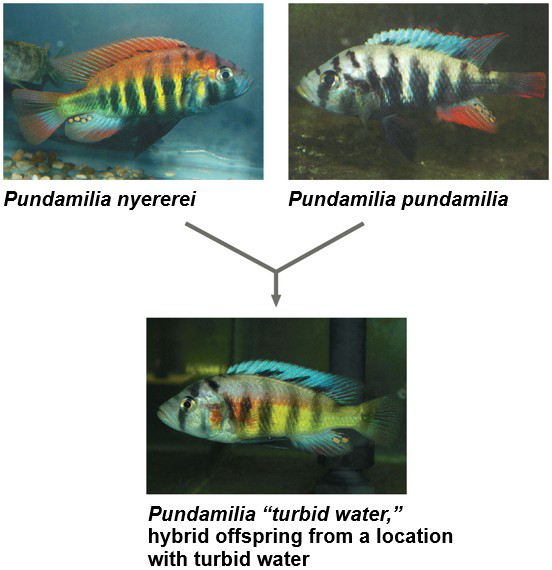
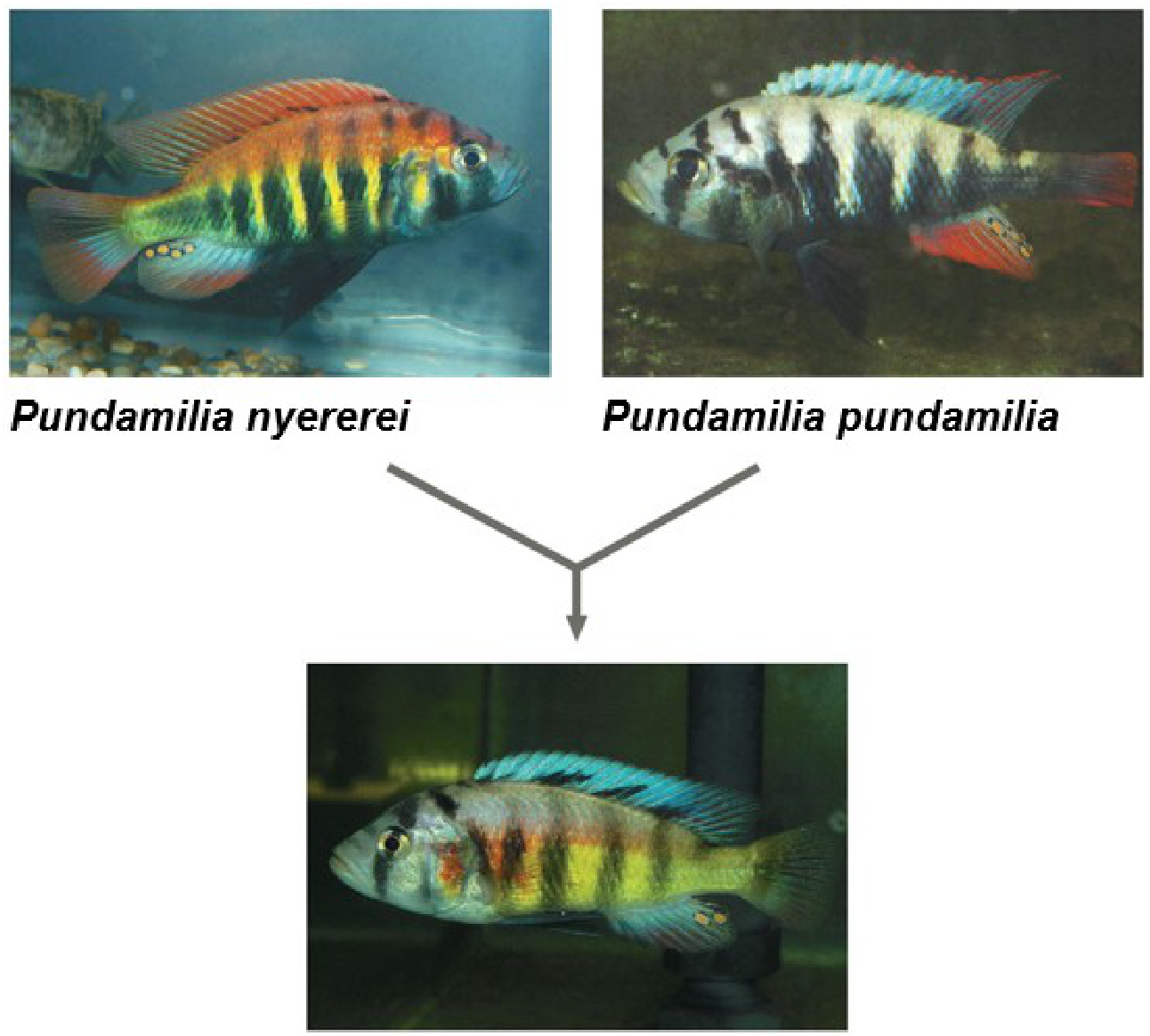











Fusion: Weakening
Reproductive
Barriers
species from males of their own species.
| 08:25 |
|
|---|
selection for increased reproductive isolation inside the hybrid zone
◦ The parent species of Bombina routinely migrate into the narrow hybrid
The rate of speciation can be studied using the fossil record, morphological data, or molecular data.
The fossil record includes examples of species that appear suddenly, persist unchanged for some time, and then disappear.

b)Gradual Model
The punctuated pattern in the fossil record and evidence from lab studies suggest that speciation can be rapid.
◦ The sunflower (Helianthus anomalus)was formed by hybridization between two other sunflower species followed by rapid speciation.
The interval between speciation events can range from 4,000 years (some cichlids) to 40 million years (some beetles), with an average of 6.5 million
years.
Studying the
Genetics of
Speciation

Ecotypes
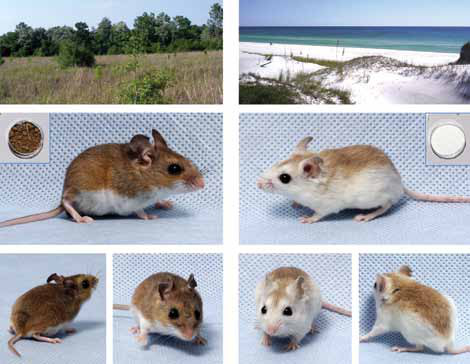















The Oldfield Mice
In this case, geographical isolation is incomplete and the differences among the populations are not significant enough to be raised to the level of
“subspecies”.
A. A genetically determined characteristic that enhances the ability of an individual to cope with its
environment;B. An evolutionary process by which organisms become better suited to their environments.
A phenotypic response to the environment, often a reversible charge in the morphology or physiology of an organism in response to an environmental change.
|
|---|
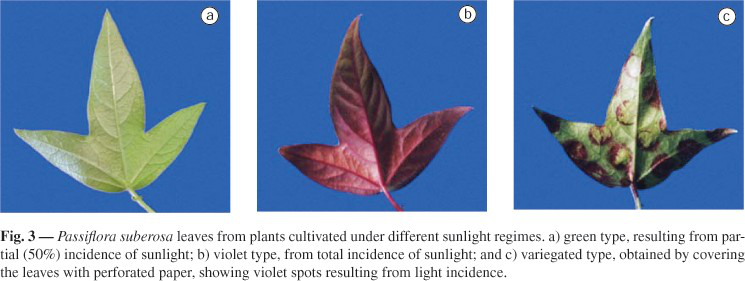






































































































































































































































































































  |
 |
|---|
Jonathan Losos raised baby Anolis lizards in cages with either broad or narrow perches on which they could sit. To his surprise, lizards in cages with
broad surfaces had longer hindlimbs than those in narrow surfaces.
|
|---|
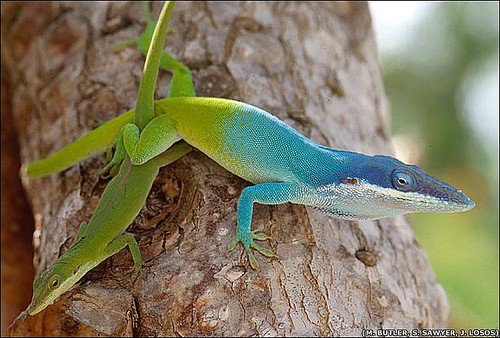
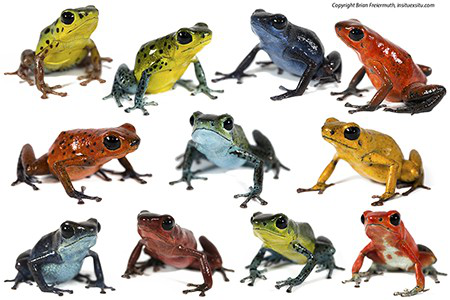
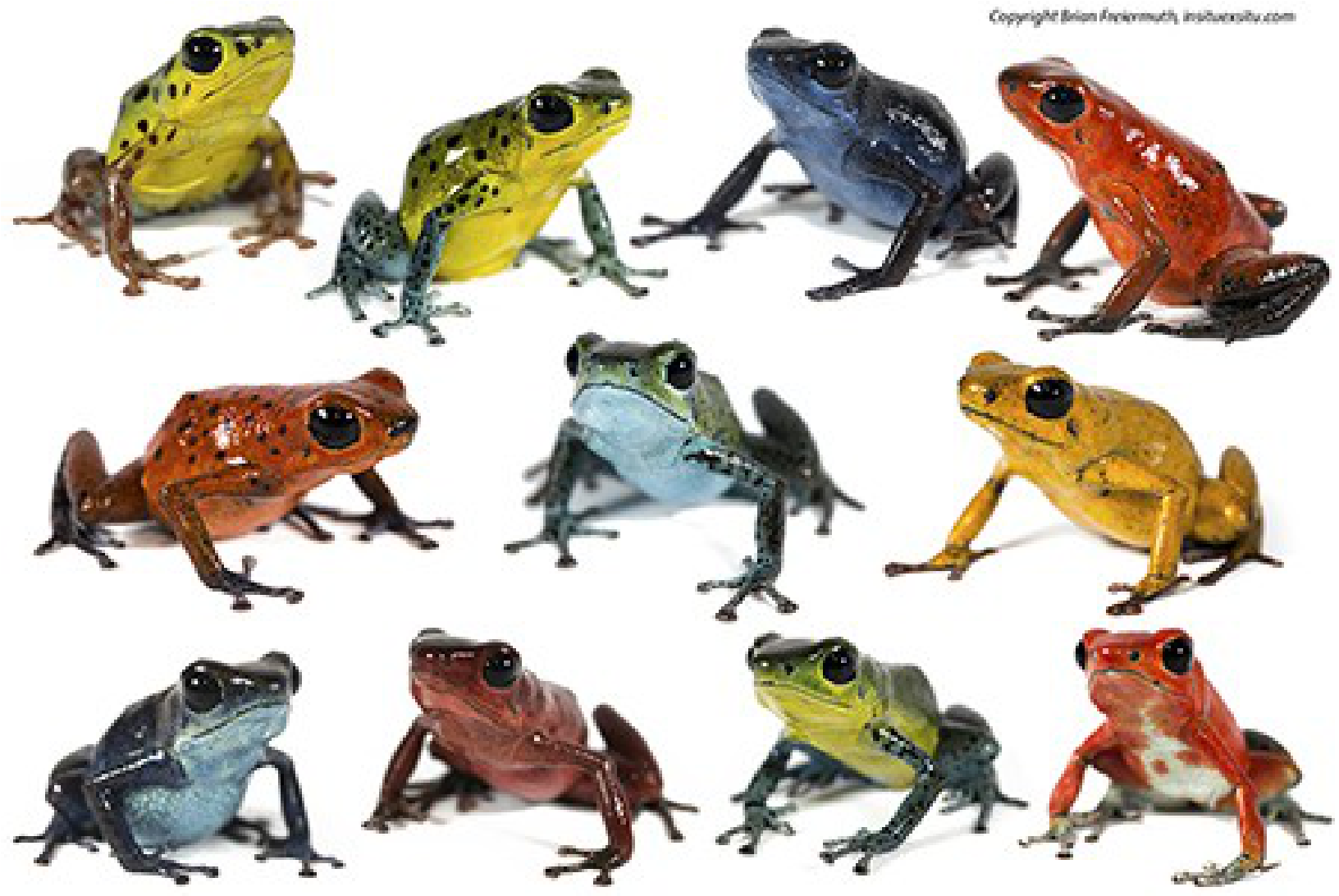
Phenotypic
Plasticity
Species that occur in
highly variable
environments may
evolve a great
capacity for plasticity.
|
|---|
Ecotypes
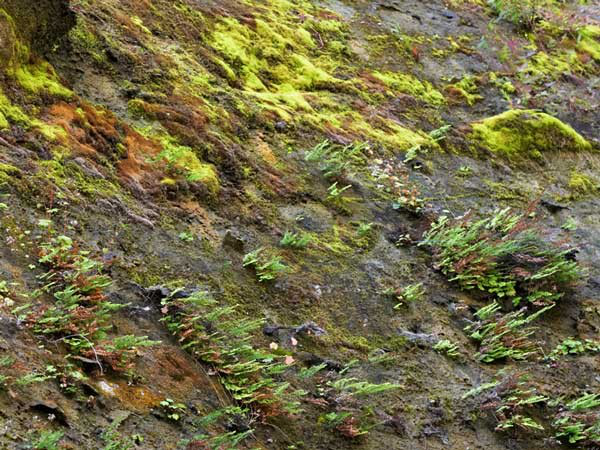
|
|---|
Ecotypes
Ecotypes
|
||
|---|---|---|
|
||
|
Ecotypes
However, by comparing the two populations in the neutral environment of the greenhouse, we see that there is also a genetic effect or adaptation.
Accordingly, we can say that there exists a marsh ecotype and a sea cliff ecotype within the species, Plantago
maritima.And this plant shows great phenotypic plasticity.
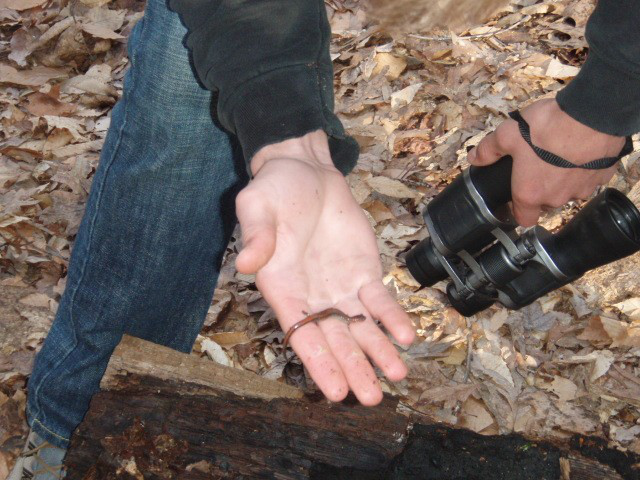
|
|---|

